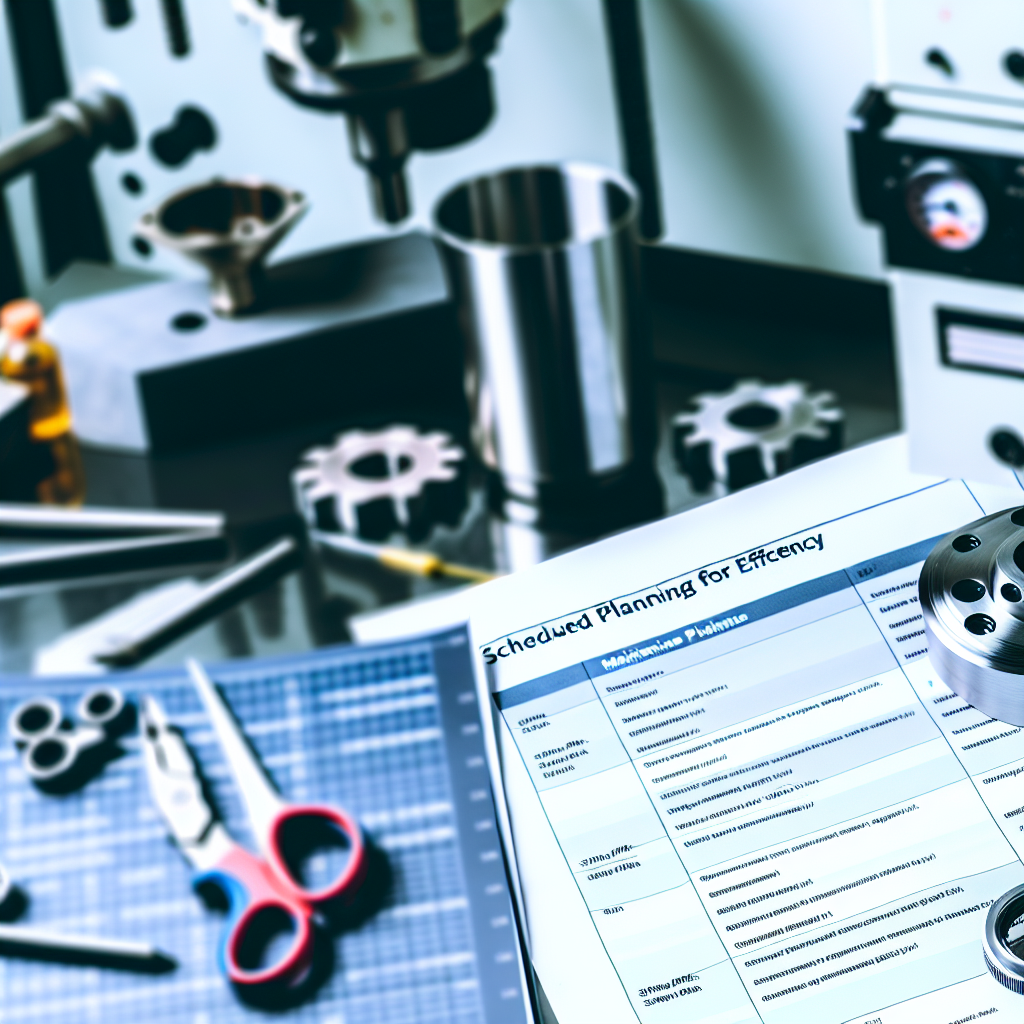Effective maintenance planning and scheduling are crucial for ensuring maximum operational efficiency, reducing downtime, and optimizing resource utilization in any organization. By understanding how to systematically organize maintenance tasks, companies can improve productivity, prolong equipment lifespan, and minimize unexpected failures. This article explores the core principles and processes behind maintenance planning and scheduling to help you implement best practices.
Understanding Maintenance Planning: Setting the Foundation
Maintenance planning is the process of determining what tasks need to be performed, when, and with what resources. It forms the foundation for effective maintenance operations by focusing on **predictive, preventive, and corrective maintenance strategies**. The main goal is to organize all necessary activities beforehand, ensuring that resources such as personnel, tools, and spare parts are readily available.
Successful planning involves a detailed assessment of equipment conditions, historical maintenance data, and manufacturer recommendations. **Key elements include**:
- Work Scope Definition: Clearly outline the tasks required, including inspections, repairs, or replacements.
- Resource Allocation: Identify the necessary manpower, tools, and spare parts.
- Scheduling: Establish a timeline based on equipment criticality and usage patterns.
- Documentation: Maintain detailed records to facilitate future planning and audits.
Effective planning minimizes surprises during execution and ensures work is performed efficiently, safely, and with minimal disruption to operations.
From Planning to Scheduling: Ensuring Timely Execution
While planning sets the groundwork, scheduling determines *when* maintenance activities will occur. The process of scheduling involves detailed activities such as prioritizing tasks, assigning personnel, and coordinating workflows to optimize operational uptime.
Key considerations in scheduling include:
- Prioritization: Address critical equipment first to prevent costly failures.
- Resource Optimization: Align staffing levels with the scheduled work to avoid over or under-utilization.
- Time Management: Choose optimal time windows that minimize impact on production, often during off-peak hours or planned downtimes.
- Monitoring and Adjustment: Use real-time data to adjust schedules dynamically, responding to unexpected changes or urgent repairs.
Advanced scheduling software and maintenance management systems help coordinate these activities seamlessly, providing visibility into upcoming tasks and resource allocations. This coordination ensures maintenance is performed on time, within budget, and with minimal operational disruption.
Conclusion
In summary, effective maintenance planning involves detailed preparation of tasks, resources, and documentation, laying the groundwork for smooth execution. Transitioning to precise scheduling ensures that maintenance activities occur at optimal times, aligning with operational goals and resource availability. Together, planning and scheduling form the backbone of a robust maintenance program, enhancing equipment reliability, reducing costs, and supporting overall business success. Implementing these processes thoughtfully positions your organization for sustained operational excellence and long-term productivity.
